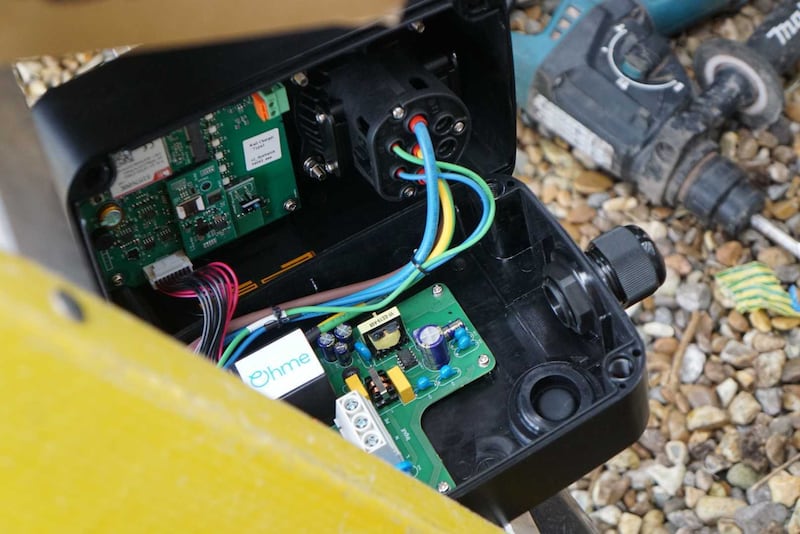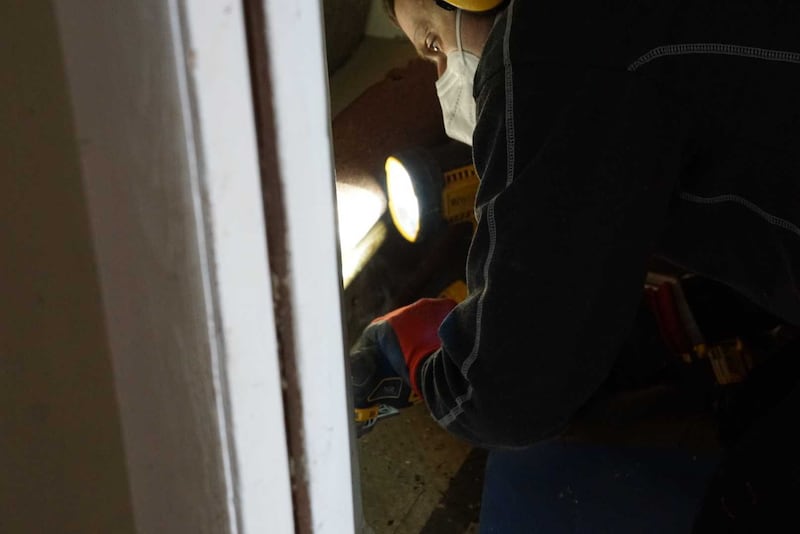Having the ability to charge up at home completely transforms the electric vehicle driving experience. Home charging is often seen as one of the easiest ways to top-up your EV, as it allows you to park up outside your house, plug in, and return to a fully charged vehicle.
There are some things you need to think about prior to installation, however. We’ve got some key info about what you need to know when it comes to having an EV charger put into your home.
Have you got off-street parking?
This really is a key place to start. While there are options out there for people without off-street parking, if you’re looking to get a charger installed at home then you’ll ideally need a parking space or land around your home. You’ll also need to own your home or have the permission of the homeowner to have a charger installed.
You may want to think about how you’d park an EV in relation to a charging unit, too, ensuring that there’s enough space for the cables to reach the car.
What type of charger?

There are plenty of options when it comes to chargers, too. Multiple providers are available in the UK, including Ohme, which we’re working with for this installation. There are units of different shapes and sizes, too, with both tethered and untethered options available. The former, as it suggests, has its cable permanently attached while the latter requires you to have a cable separately and plug it in each time. There are pros and cons to each type, but if you’re looking for the smallest unit possible which takes up the least space, then an untethered one might be a good idea.
There’s also the option of 7kW or 11kW charging powers. The slower 7kW unit is the most popular and is still quick enough to charge an average EV up fully overnight. You’ll get a quicker charge time from the 11kW version, but it’ll require an upgraded three-phase power supply in your house, which will add extra expense and time if you don’t have it installed already.
Pre-installation

Once you’ve settled upon your charger provider, it’s likely that they’ll get in touch about a pre-installation review of your home. You’ll be asked to provide details about your current energy provider, the location of your consumer unit and a general layout of your home so that the company can get a better idea of what they’re working with.
An engineer will visit your home beforehand to work out how and where the charger will go. Electric vehicle chargers require an upgraded cabling supply and, depending on the age of your home, this might require more upgrades than in other houses. Remember, too, that the cabling will have to run from the consumer unit directly to your charger – and that may mean drilling through walls or running underneath floorboards. The engineer will be able to give you a better idea of what will be involved when it comes to installation before any work starts.
Installation day

Installation day is here! An engineer will arrive at your home to install your charger, which will likely have been posted out beforehand by the unit provider. The installation process should take around four hours, but it could be shorter or longer depending on the complexity of the wiring, any upgrades to the system which might need to be made and the size of your home. The charger will be installed on an exterior wall at your property and the engineer will consult you on where would be best to have it positioned.
During our test installation, there were no extra upgrades required for the wiring, but the cabling for the charger did have to run through several walls and this needed extra trunking to keep the cables hidden. The engineer will have to turn off the power supply for your home for a little bit of time, too, so bear this in mind ahead of time. If your unit has ‘smart’ capabilities – where it can connect to the internet and be controlled via a smartphone app – then the engineer will also test this to ensure everything is as it should be.
Energy tariff
Once you’re all set, you may want to think about switching to an energy provider with an EV-friendly tariff. These give you cheaper rates of electricity at off-peak times, such as overnight or the middle of the day. Picking one of these can make charging up a lot cheaper and there are a handful of providers out there which offer such a product.
The EV-gle has landed! Octopus Power Pack: the UK’s FIRST ever Vehicle-to-Grid tariff 🤯
Power your neighbours when it matters most & enjoy free EV charging when it’s greenest, without lifting a finger.
Add it to your tariff & we’ll do the rest 💪https://t.co/FTARDRa7kN
— Octopus Energy (@OctopusEnergy) February 15, 2024
One of the most popular is Octopus and this also gives access to the firm’s Electroverse setup which allows you to use a handy card to tap and pay at thousands of public charge points across the UK. The payment is then sent directly to your home energy bill, centralising the process rather than having to use different apps and cards.
What’s the cost?
If you’re buying a new electric car, then you might find that the manufacturer is offering a charger alongside the price of the vehicle. However, if you’re doing it separately, then you should budget between £500 and £1,000 for the installation and the same again for the unit itself. However, most charger providers pull together the cost of the charger and the installation; Ohme, for example, charges £949 for its ePod and that includes both a standard install and the unit itself.
There may be some additional costs incurred. These could include additional cabling, upgrades to your consumer unit or any extra installation work outside or standard drilling.








